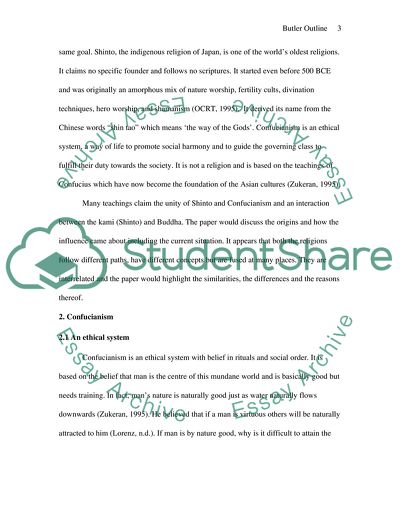Cite this document
(Confucianism and Shinto Case Study Example | Topics and Well Written Essays - 2000 words, n.d.)
Confucianism and Shinto Case Study Example | Topics and Well Written Essays - 2000 words. Retrieved from https://studentshare.org/religion-and-theology/1719207-confucianism-and-shinto
Confucianism and Shinto Case Study Example | Topics and Well Written Essays - 2000 words. Retrieved from https://studentshare.org/religion-and-theology/1719207-confucianism-and-shinto
(Confucianism and Shinto Case Study Example | Topics and Well Written Essays - 2000 Words)
Confucianism and Shinto Case Study Example | Topics and Well Written Essays - 2000 Words. https://studentshare.org/religion-and-theology/1719207-confucianism-and-shinto.
Confucianism and Shinto Case Study Example | Topics and Well Written Essays - 2000 Words. https://studentshare.org/religion-and-theology/1719207-confucianism-and-shinto.
“Confucianism and Shinto Case Study Example | Topics and Well Written Essays - 2000 Words”. https://studentshare.org/religion-and-theology/1719207-confucianism-and-shinto.


